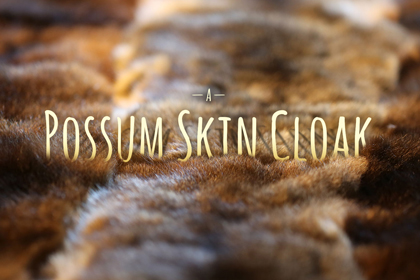Photographs are something we all take for granted in our homes, until 20 years pass and we start to notice them fading, changing colour or getting buckled and torn. This information sheet will help you extend the life of your photographs. Photographs are more complicated than most people realise.
Colour prints can have six or seven types of dyes and filters suspended in layers of emulsion. Black and white photographs have minutely divided grains of silver, suspended in a base. Photographs made prior to the 1970s are on good quality paper, which means that the paper itself doesn’t contribute to the deterioration of photographs. However, they are susceptible to physical damage like tears and insect attack.
Modern colour and black and white prints are produced on “resin coated” paper. This means that the paper has a very thin layer of polyethylene plastic on either side of it. The coating serves to speed up processing time, and it also makes the prints stronger, and less prone to severe physical damage. Fading or discolouration of images is due to the chemical break down of the image forming materials.
With black and white images, the microscopic grains of silver start to oxidise and corrode like the tarnishing of jewellery or cutlery. This changes the shape of the silver grains causing them to reflect light differently. In colour materials, the dye molecules can split and becoming colourless. When one of three basic dyes begins to fade, the print appears to have changed colour, often to orange tones. This is because the blue dye layer usually deteriorates first, taking all the blue tones out of the image.
How to care for photographs
It is the image forming materials which are the most susceptible to damage during the life of photographs. Fingerprints and poor storage introduce chemicals which will speed up any deterioration. The paper supports can tear and crease, emulsions can stain, and fragile emulsions can be removed from the paper if wiped or rubbed.
When handling photographs you should
- have clean dry hands (with no creams or lotions on them)
- wear cotton or latex-free disposable gloves if you like, but it is often difficult to pick up individual items with gloved fingers
- handle the prints by the edge, to avoid touching the image layer
- avoid handling fragile areas of the print, like dog-eared corners or tears
- if the item is large and fragile (like a group portrait which has been rolled and squashed), support it on a piece of card larger than the item and handle the card, not the item
- store photos in plastic sleeves and leave them in the sleeves while you are viewing them
- avoid prolonged exposure to sunlight - high levels of ultraviolet radiation in sunlight fade photographs very rapidly.
If you want to write on a photograph, use a soft graphite pencil, and write on the back of the print. A slightly blunt 2B pencil from your local newsagent is perfect. Place the prints face down on a firm surface and write gently to avoid pushing indentations into the print. Pencil won’t write on resin coated papers, so you will need to find a pen with a black pigment based ink – these inks are the most permanent.
If you have a photograph which is torn, don’t be tempted to repair it with sticky tape. The tape will go yellow with age, stain the image and eventually fall off leaving you with a photo which is both stained and torn. Instead, put the photograph into a small plastic sleeve to keep all the pieces together. If you can, try and get the image copied so it isn’t being used too much.




